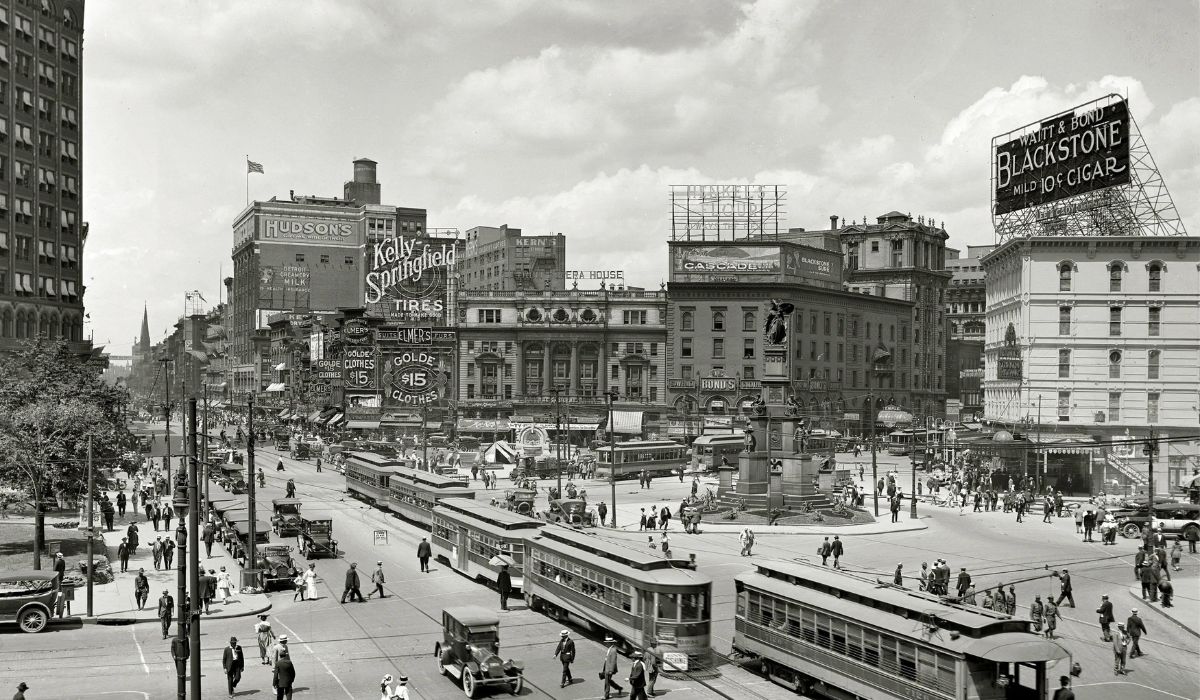5 Historical Facts About New York

New York City is not just a bustling metropolis; it’s a city with a storied past, where every street corner seems to whisper the tales of its rich historical timeline. Let’s journey through this timeline, exploring five pivotal historical facts that have shaped the New York city we know today.
Colonial Era and Early Settlements
The Dutch Settlement of New Amsterdam
Before the city was an emblem of the American Dream, it began as New Amsterdam, a 17th-century Dutch trading post established by the ambitious Dutch West India Company. The Dutch, keen on the profitable fur trade, settled in Lower Manhattan, laying the foundation of what would eventually become a global economic powerhouse.
English Colonisation
The influence of the Dutch was not to last. In 1664, the English, recognizing the strategic and economic significance of the burgeoning city, took control and promptly renamed it New York, in honour of the Duke of York. This marked a new chapter of English rule, and the flourishing city was soon to be a jewel in the British crown.
Revolutionary War and Independence
Battle of Long Island
The American Revolutionary War wasn’t kind to New York City, particularly during the harrowing Battle of Long Island. In one of the largest battles of the war, George Washington’s Continental Army faced a bitter defeat, prompting British occupation of New York City – a strategic stronghold for the British until their eventual departure.
Evacuation Day
Evacuation Day, celebrated on November 25, 1783, signified a major turn of events. British troops finally vacated New York City, restoring the land to American hands and cementing a significant victory in the fight for independence, ultimately helping to shape the identity of the newly formed United States.
Immigration and Ellis Island
Ellis Island Immigration Station
If the city’s heartbeat was its diversity, Ellis Island was its pulse. Acting as a gateway for over 12 million immigrants from 1892 to 1954, Ellis Island was more than a hub; it was the start of a million dreams, hopes, and stories. It formed the cultural tapestry that characterises New York today.
Melting Pot of Cultures
The influx of varied nationalities transformed New York City into a melting pot of cultures. Each wave of immigrants contributed their unique flavours, customs, and traditions, enhancing New York’s cultural landscape. Little Italy, Chinatown, and diverse neighbourhoods across the city testify to this mosaic of heritages.
Industrialization and Growth
Erie Canal
The Erie Canal, a marvel of its time, completed in 1825, was a gateway linking New York City to the Great Lakes. The canal heralded a new era of commerce and trade, allowing goods to flow more easily and cheaply, fueling the growth spurt that would raise the city’s economic stature exponentially.
Rise of Skyscrapers
As New York City’s economy soared, so did its buildings. The late 19th and early 20th centuries saw a vertical revolution, with awe-inspiring skyscrapers like the Empire State Building and the Chrysler Building reaching for the skies. They were monuments to innovation, ambition, and the relentless pursuit of progress.
Modern History and Landmarks
September 11 Attacks
The September 11 attacks were a grim reminder of vulnerability. The fall of the World Trade Center towers shattered the city’s invincibility, marking a moment of tragedy that reverberated around the world. It was a day that forever altered the skyline and the city’s soul.
Rebuilding and Resilience
From the ashes of tragedy, a resilient New York emerged. The rebuilding of Lower Manhattan, including the solemn beauty of the 9/11 Memorial & Museum and the towering One World Trade Center, symbolises hope and renewal. It’s a testament to a city that, despite all odds, continues to look toward the future.
In tracing these historical facts, one sees the undying spirit of New York City—a place of perpetual reinvention, resilient through wars, waves of newcomers, and even the darkest days of terrorism. Each chapter of its history contributes to its enduring legacy as one of the world’s most dynamic and vibrant cities.




